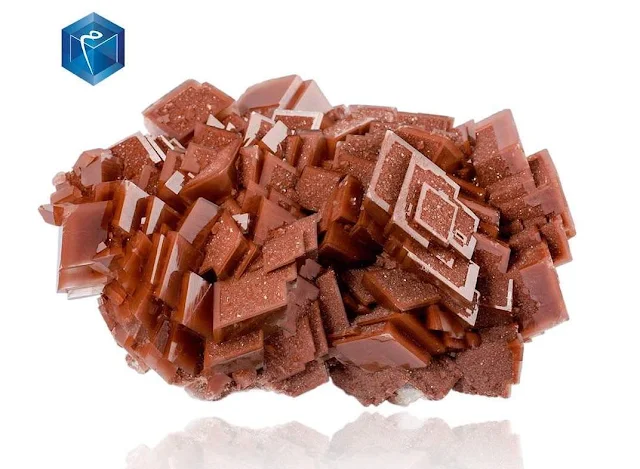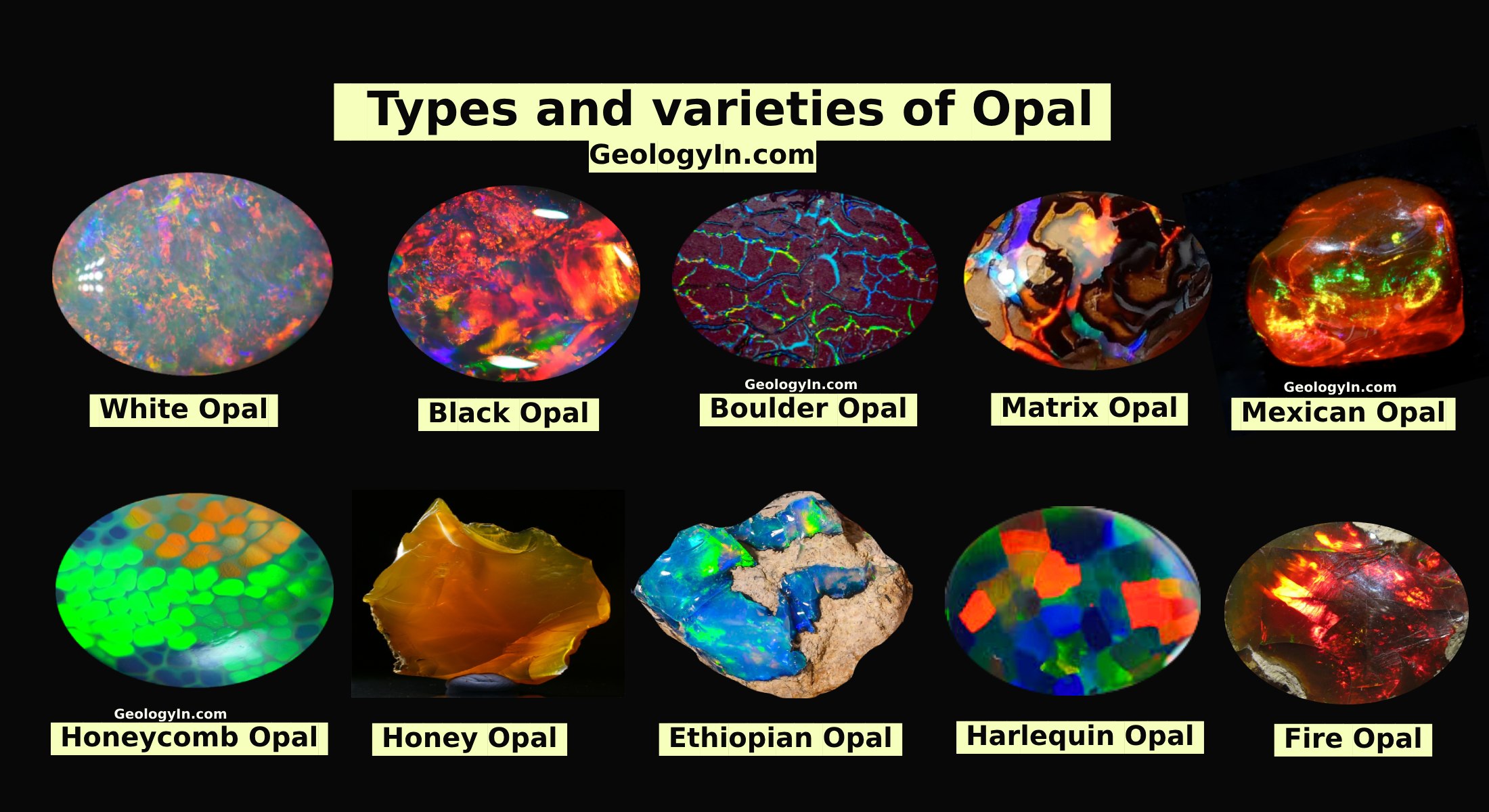Chocolate Calcite Hematite Gemstone
Chocolate Hematite-calcite
Hematite-calcite is a beautiful and unique gemstone formed when microscopic hematite particles are embedded within calcite, a naturally occurring calcium carbonate mineral. This infusion gives the calcite a rich, chocolate brown color, often with a mesmerizing play of color due to light diffracting within the mineral's structure.
Resembling an artful edible decoration from some top Swiss chocolate, Incredibly deep brown crystals that are thoroughly infused with microscopic hematite grains, giving them a deep ruddy red color. This is a classic style for Tsumeb.
Calcite is a common mineral that can be found in a variety of geological settings, including sedimentary rocks, metamorphic rocks, and igneous rocks. It is also a major component of limestone and marble.
Hematite is a common iron oxide mineral that is found in a variety of geological settings, including sedimentary rocks, metamorphic rocks, and igneous rocks. It is also the main component of iron ore.
Calcite is colourless or white when pure but may be of almost any colour—reddish, pink, yellow, greenish, bluish, lavender, black, or brown—owing to the presence of diverse impurities. It may be transparent, translucent, or opaque. Its lustre ranges from vitreous to dull; many crystals, especially the colourless ones, are vitreous, whereas granular masses, especially those that are fine-grained, tend to be dull. Calcite is number 3 on the Mohs hardness scale; thus, it can be scratched readily by a knife blade or geologic pick. It has a specific gravity of 2.71. Three perfect cleavages give calcite its six-sided polyhedrons with diamond-shaped faces; the angles defining the faces are 78° and 102°.

Calcite rhombohedrons with a red-brown color caused by hematite inclusions.
Photo: mim museum
The combination of calcite and hematite can create a variety of beautiful and interesting colors and textures. These minerals are often used in jewelry and other decorative items.









